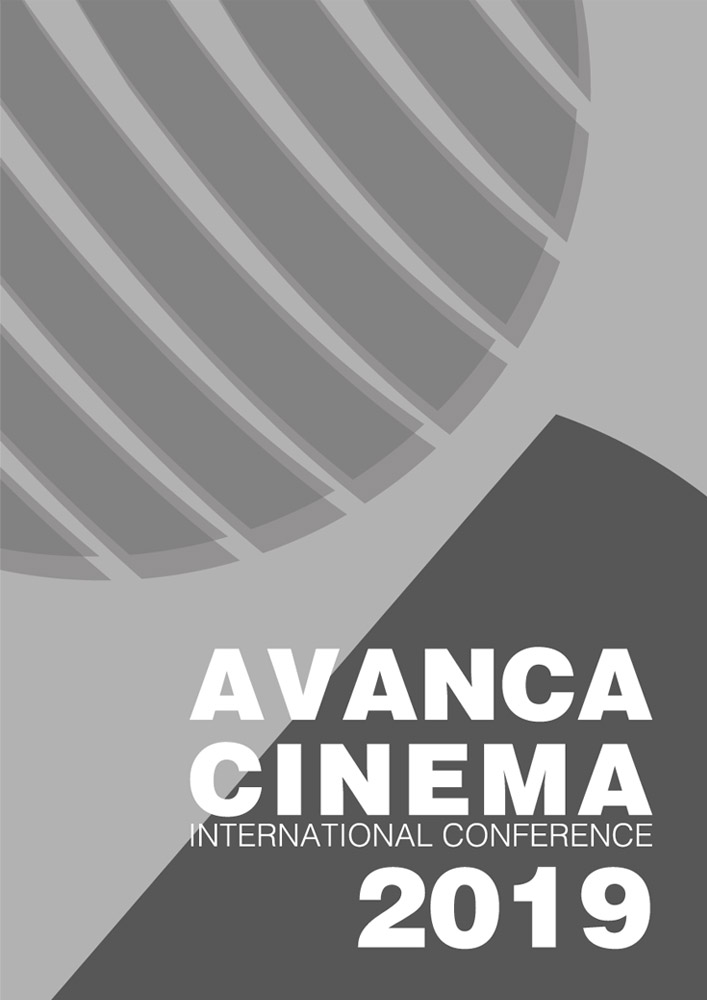Capítulo II _ Cinema - Cinema
The elevator scene in ‘Horse Money’: the sound-image.
Resumo
There are all kinds of coincidences and clashes between the past and the present in Horse Money (Pedro Costa’s last film) that emerge in a form of glossolalia with voices bringing back memories from everywhere. The scene at the elevator, with Ventura and a 25 April Revolution soldier, transformed into a golden statue, is the acmè of Pedro Costa’s construction.
What’s going on there? We can recognize some signs. There’s a kind of struggle of voices, there. And the voices bring to the film not only what they’re saying but also what they’re doing as well as distinct periods of time (Pedro Costa said that he has spent two months mixing the sound of the scene). And all this within an everlasting present time created through the length of time and the scarcity of space (we don’t get out of the elevator for a prolonged period of time).
It is our intention to describe the film taking consequences from the concept of “sound image” presented in L’image-temps by Gilles Deleuze. In Gilles Deleuze’s thought, modern film somehow throws, so to speak, the utterances (all kinds of sound, and words in particular) towards images, thus creating a “sound image”. In it, sound doesn’t tell or aim to tell the image, nor does the image illustrate or aim to illustrate, or ‘show’, the sound. There is a separation, a disjunction, or a stratigraphic overlapping — «the more complete examples of seeing-talking disjunction can be found in film».

Este trabalho encontra-se publicado com a Licença Internacional Creative Commons Atribuição 4.0.

